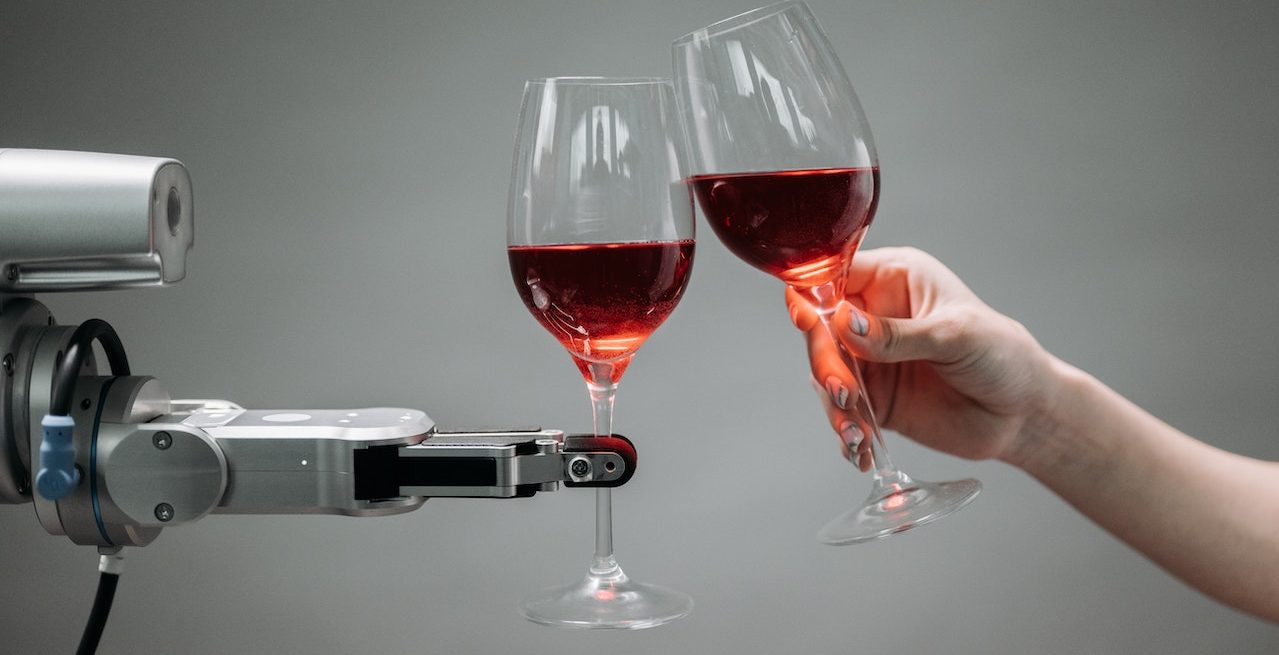Three Ways IoT’s Physical-Digital-Physical Framework Helps Restaurants Enhance Operational Efficiency
3 Min Read By Guy Yehiav
Restaurant management and operations personnel are always on the search for proactive ways to increase operational efficiency and reduce waste while complying with local regulations. Today, the sophistication of IoT technology available to the restaurant sector is at an all-time high. If leveraged within the correct outcome-based framework, these interconnected technologies have the potential to improve operational visibility in a way that impacts critical real-world results.
The byproduct is a feedback loop that enhances employee guidance and training, reduces shrink and carbon footprint, ensures the highest levels of store cleanliness and hygiene, and enables your teams to focus on and cater to consumers. Leveraging a physical-digital-physical framework ensures that restaurant management is maximizing their digital assets, human labor, and capital equipment investments. With U.S. restaurants wasting between 22 to 33 billion pounds of food each year, every improvement in operational efficiency is an essential contribution to preventing waste and reducing loss.
1. Leveraging Digital Visibility
For risk mitigation and asset protection, it is impossible to manage what you cannot inspect. That is why the first step of adopting the physical-digital-framework is moving away from paper-based processes and embracing connectivity for critical measurements. Many restaurant managers have already moved to digital food safety programs that give them visibility into the state of their assets across multiple locations. With digital workflows, remote access to critical control point monitoring, management can proactively manage risk. Transparency across operations allows corrective actions to take place before an incident occurs.
The digital-physical-digital framework requires IoT devices to collect data—temperature, humidity, traffic, volume, current consumption, etc.—so the data can be leveraged to identify areas of risk. What is measured should be configured to the unique needs of a restaurant brand’s food safety standards, local and federal regulations, and the specific requirements of the food that is being served. By processing food safety data digitally, managers can more easily generate on-demand documentation and corresponding corrective actions.
Embracing digital connectivity also brings greater security to restaurant operations, helping operators meet rigorous standards for access control, encryption, and audit logging. A self-provisioning, remotely managed solution allows restaurant management to ensure that their security and operations priorities are aligned. Digital food safety technology that securely collects and delivers real world data about the physical state of restaurant assets is the foundation for building a connect store supported by the physical-digital-physical framework.
2. Automating Workflow Management
To maximize organizational impact, restaurant food safety programs must improve the workflows that exist for facilities management, regulatory compliance, restaurant operations, and risk management.
Envision a restaurant kitchen framed within a physical-digital-physical scheme. A digital sensor detects a temperature reduction inside a freezer due to overfilled inventory. The sensor creates a text-based descriptive insight and prompts a physical action from an employee—such as to move the overfilled inventory to a different freezer where there is more space. Then, the continuous digital sensing certifies whether the prescriptive action was completed or not completed. This digital-physical-digital workflow continues as operations are optimized on a constant loop.
Another example is the case of a refrigerator door being open. This event is sensed digitally and a text-based corrective action—such as shut refrigerator door #5—is delivered with a digital alert. The ability to confirm if the employee completed the corrective action or not brings an added level to the restaurant's security and risk management efforts, promoting loss prevention, product preservation and labor efficiency.
3. Preempting Equipment Failures
Continuously monitoring equipment empowers facilities teams with the digital insights they need to proactively maintain their physical assets and take preventative action before equipment fails. Furthermore, by tracking the performance of different makes and models of equipment, restaurant management can make more informed purchasing decisions based on reliability. Knowing when failures are predicted to occur also allows purchasers to plan ahead nd mitigate supply issues that delay equipment delivery.
By preempting equipment failures, restaurant management supports both front of house and back of house staff who are already operating within a fast paced and hectic work environment. A power outage or equipment failure could make meeting food safety standards impossible until emergency repairs are completed nd electricity is restored. Alerts for excursion events help restaurant managers take critical action and protect product stored in refrigerators, freezers, and walk-in coolers, saving thousands of dollars.
Adopting the physical-digital-physical framework provides 24/7 insight into restaurant equipment, allowing operators to be proactive instead of reactive about their digital food safety plan. Fully functioning physical assets maintain product integrity and ensure customer safety and satisfaction.


